Celtic knots are indeed popularly associated with the Celts, which is understandable because they have made numerous innovations in the art.
However, these Celtic symbols are said to have been around during the time of the Romans, or even as earlier in Byzantine Constantinople.
Things you'll find in this article
The Celtic Knots (Different Types And Meanings)
This interwoven knot only began to appear in Celtic Art around the mid 5th Century. There were no clear accounts as to how and why this knotwork reached the Celts.
However, as the Irish Celts perfected the knot, they soon developed their own knotwork tradition. This specific knotwork style is called the Ultimate La Tene or Hiberno-Saxon Insular art, and it surfaced around 650 AD.
This was the same time when biblical manuscripts were put together by Gaelic monks in monasteries in Ireland and Britain.
The next centuries became witness to the increasing popularity of Celtic Knots and other designs of its kind.
Numerous examples of the Celtic Knot pattern were featured prominently in early Christian manuscripts as ornamentation.
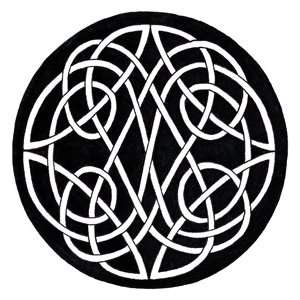
An example is the 8th Century Book of Kells, and you can have a look at some pages in the Trinity College Library.
Another manuscript that featured Celtic Knots is the Lindisfarne Gospels from the late 7th Century.
The knots were used as decoration or to adorn the first letters of chapters, as well as for the hair of the apostles.
The Celtic Knot are also seen in the Irish High Crosses built during the 8th to the 12th century.
These Hugh Crosses have designs that feature scenes from the Bible along with various Celtic patterns such as animal figures, network, and spirals.
What is the meaning of the Celtic knot?
The Celtic Knot is perhaps one of the most recognizable artworks in Celtic history. It is also referred to as ‘endless knots’ or ‘mystic knots’.
A Celtic Knot is made up of a series of overlapping or interwoven knots that don’t have a clear start or end.
These knots have essentially stripped that loop and wind their way over each other, creating a loose weave. The knot is either a single strand that interlaces back and forth over each other or a number of interwoven strips.
There are different theories and interpretations with regard to what the Celtic Cross represents. The general consensus among scholars is that the Celtic knots hold both religious and secular meanings.
Its religious purpose evidenced by the Celtic knots adorning Bible manuscripts, crosses, and even jewelry. Since the Celtic knots have no beginning or end, it is said to represent the enduring nature of our spirit.
Meanwhile, the secular and even the more esoteric interpretation of the Celtic Knot alludes to an uninterrupted life cycle. The infinite path of the interlaced lines is said to represent a life whereof peace and stability.
Another theory states that the Celtic knot also represents the Celts’ belief in interconnectedness and continuity.
Significance of Celtic Knots
The Celtic Cross, despite having no clear symbolism, plays an important role in Irish history and culture.
The Book of Kells, for one, is considered one of Ireland’s national treasures. It contains complex and grandiose illustrations that include the Celtic Knot.
This masterpiece of the monks of Kells has brought to us not just one of the oldest books in the world. It also gives a glimpse of ancient Irish art and literature.
The popular knotwork appears in many High Crosses all over Ireland, with most of them erected during the middle ages. These High Crosses are richly decorated, depict scenes from the Bible combined with Celtic designs such as the famous interlacing knotwork.
Back in the 8th to 12th century, these High Crosses were used by monks to introduce and teach the Gospel to the people of Ireland.
Today, Celtic knots figure prominently in decorative art and used in jewelry design, body art (tattoo), clothing, and home décor.
Due to its infinite design, the Celtic knot is also considered a lucky charm as well as a statement piece to symbolize unity and inclusion.
Types of Celtic Knots and their meanings
The Trinity Knot
A Celtic knot symbol that is made of three interlocking circles, the Trinity Knot is also known as the Triquetra, which means 3 cornered or triangular.
Not much is said about the Trinity Knot’s origin because it is too old, but some say it’s based on solar and lunar cycles. It is prevalent in Irish history, though, and can be seen depicted in many different areas today.
There is no definite meaning for the Triquetra, but it is commonly associated with earth, fire, and air. Others say it represents the mind, body, and soul.
The Dara Knot
A Celtic knot that has several different forms and can be seen in several different variations, the Dara Knot can trace its roots back to the mighty Oak tree.
The word ‘dara’ comes from ‘doire’, which means oak tree in Gaelic. The knot is designed to represent the intricate root system of the oak tree which was considered sacred by the Druid and Celts.
The Dara Knot is known to signify wisdom, strength, leadership, destiny, and power.
Celtic Knotwork
The Knotwork is made primarily of entwined and looping knots or circles, which emblems can be found worldwide but Celtic in origin. The knotwork images date back as far as 450 AD but has prevailed through the centuries and used in decor, tattoos, and clothing design.
The Celtic Knotwork was used to illustrate the Book of Kells and the Book of Durrow by ancient monks. Not much is said about the origin of the Knotwork but as something that is widely used and seen across Ireland, this symbol is said to bring good luck, health or prosperity, or to represent luck, fertility, and similar themes.
The Motherhood Knot
The Celtic Motherhood Knot is a lesser-known symbol of ancient Irish culture and knotwork. It is a variation on the more familiar Trinity Knot and is supposed to resemble a parent and child intertwined. The motherhood knot symbolizes a mother and child’s bond and their connection to the Celtic faith.
The motherhood symbol of Celtic culture resembles two-knot work hearts that are linked with one heart being higher than the other.
Bowen Knot
The Bowen knot is a looped square symbol that consists of a square with outward-pointing loops at each of its four corners. It known by numerous names and has a lot of variations.
Although the Bowen knot takes different forms, its distinctive features make it the universal symbol of protection that it is. This Celtic knot symbol is used by various cultures and is still in common use nowadays.
Named after the Welsh nobleman, James Bowen, this knot was the heraldic emblem for the Bowen family crest. In heraldic design, the Bowen knot is usually drawn with curved bows but sometimes appears with corners.
The Bowen knot is symbolic of infinity, love, and flowing water.
Solomon’s Knot Symbol
Solomon’s Knot is a Celtic knot emblem that is thought to signify a man’s union with the Divine. It is, in fact, one of the earliest symbols, as evidenced by engravings dating back to the Stone Age.
It’s also one of the few symbols that can be found in nearly all of the world’s major cultures. It was associated with King Solomon because of its frequent appearance in ancient synagogues.
This is one of the eight “basic” Celtic knots, which are three- or four-cord plait patterns.
Solomon’s knot is made up of two interwoven closed loops. When Solomon’s knot is laid flat, the two loops interweave beneath and over each other, creating four crossings.
The parts of the loops that cross over and under each other alternately constitute the sides of a central square in most artistic renderings, while four loopings reach outward in four directions.
The four expanding loopings may culminate in circular, square, or triangular shapes, or free-form designs like leaves, lobes, blades, wings, and so on.
The knot is sometimes referred to as the universal emblem of faith because of its religious associations. It is also used as a cherished secular symbol of prestige, importance, and beauty in many countries.
Celtic Love Knot Symbol
The Celtic Love Knot symbol is shaped like two interlocking hearts and usually arranged inside an oval. It is said to symbolize the love between two people. Celts are said to have exchanged these knots in the same way that many couples do nowadays. These elegantly arranged knots were first invented by the early Scottish, Welsh, and Irish Celts around 2500 BCE, and they were said to represent eternal life.
The Celtic Love Knot, also known as the Anam Cara Knot (derived from the Irish words that mean “soul friend”, from Celtic wisdom), is a relatively new addition to the Celtic knot family.
One heart is formed by the intertwining of two Celtic knot hearts. This is a modern twist on the traditional Celtic knot. The pattern is infinite once again, and it is used to symbolize an everlasting love relationship.
Celtic Knot Inspired Products
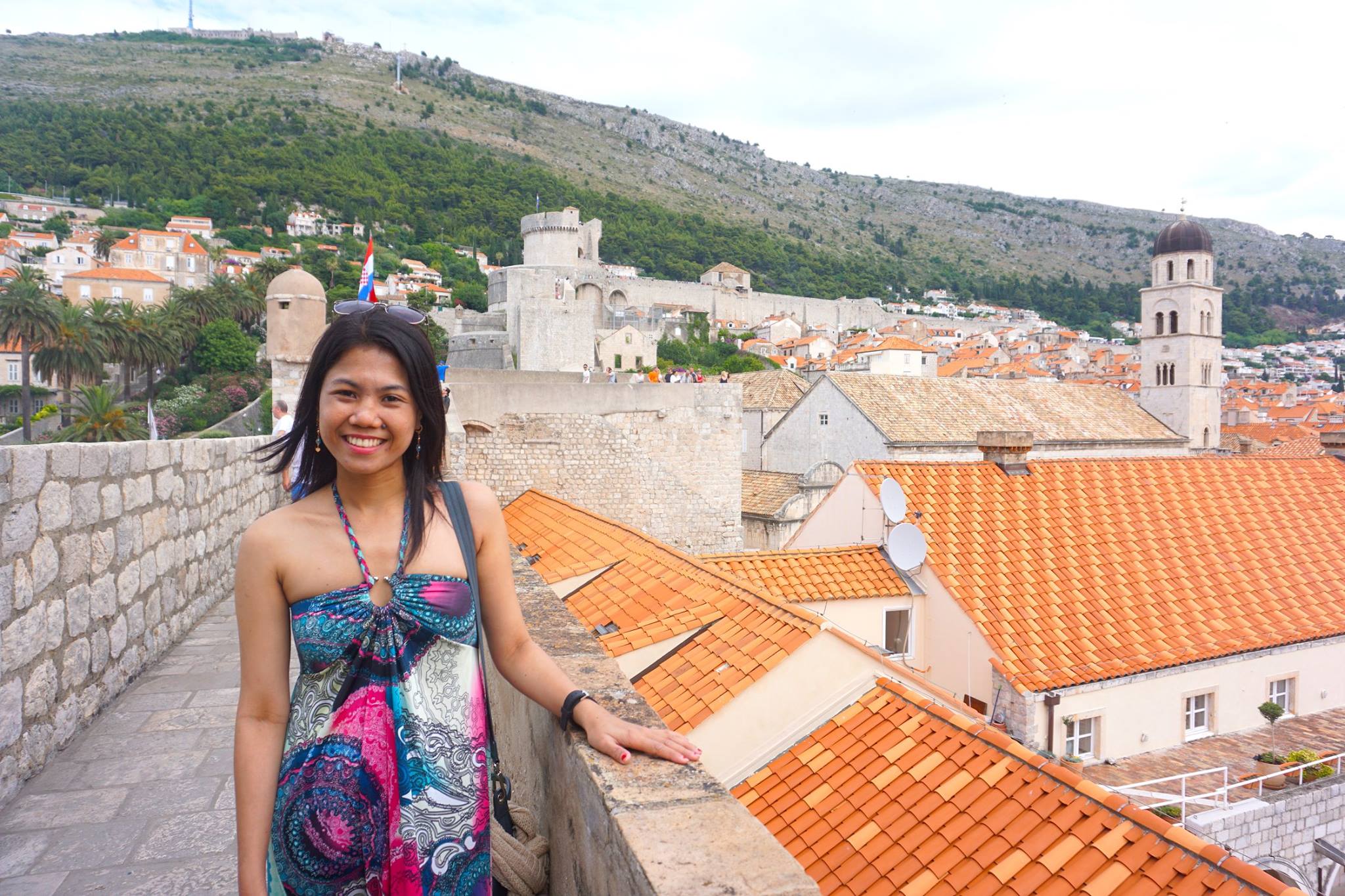
Hi, I’m Christine – a full-time traveler and career woman. Although I’m from the Philippines, my location independent career took me to over 60 countries for the past 12 years. I also lived in 4 continents – from the Caribbean, South East Asia, Africa and now in Europe. But despite living in several countries, my love for Ireland remains the same. A country that had been a part of my life since I was 14 because of my love for Irish music and bands. Ireland Travel Guides was born because of this passion and hopefully, in some little ways, this website will be able to help you on your next trip to Ireland.

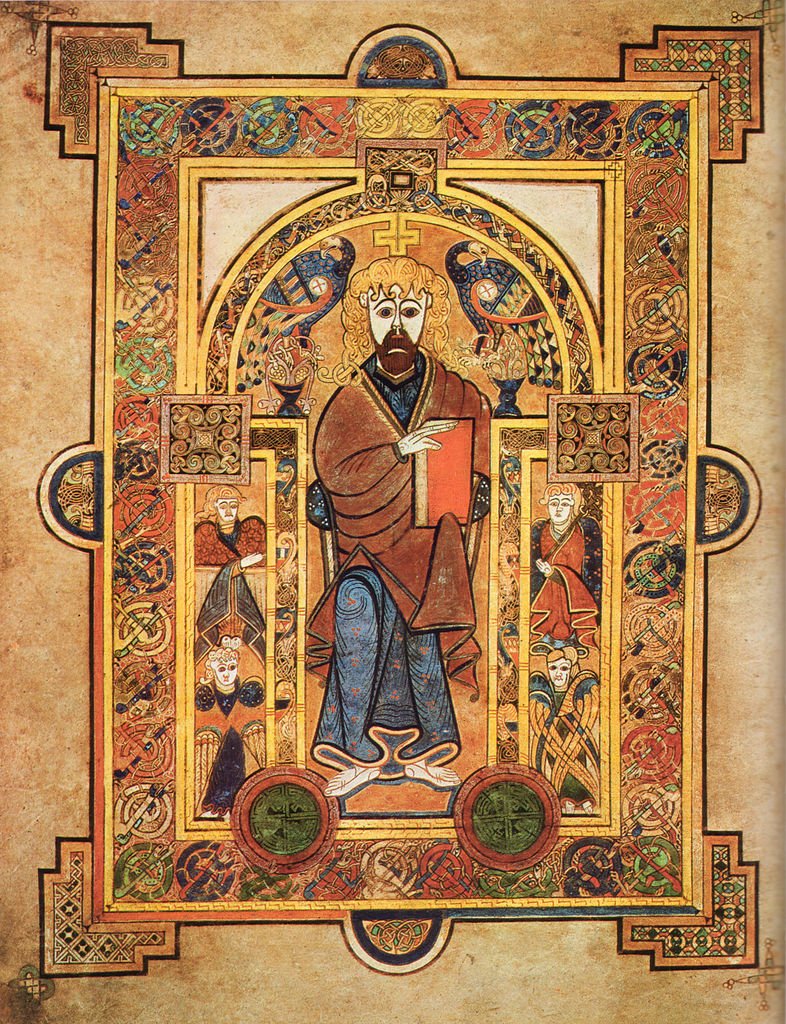
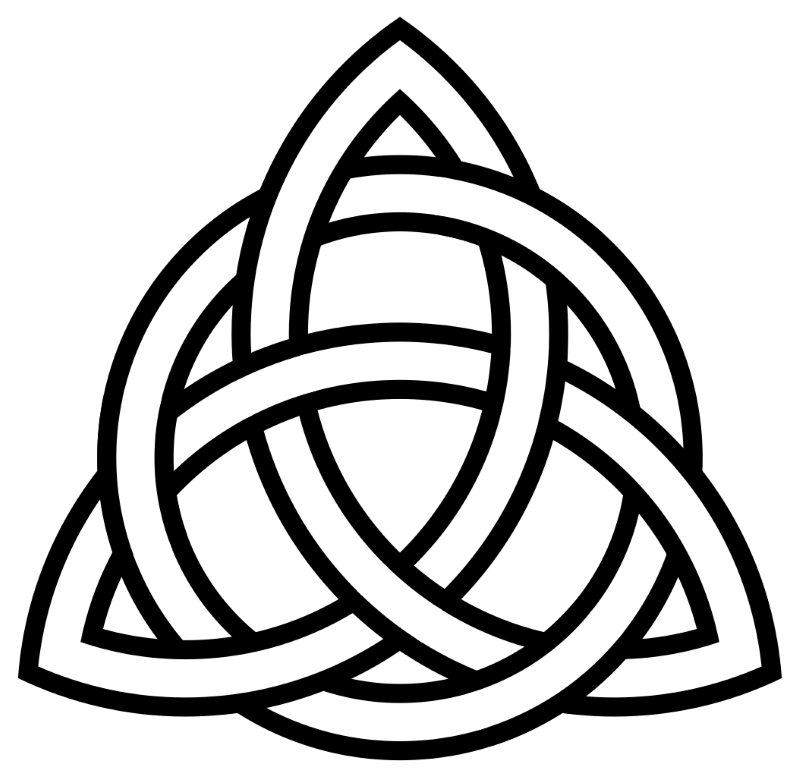
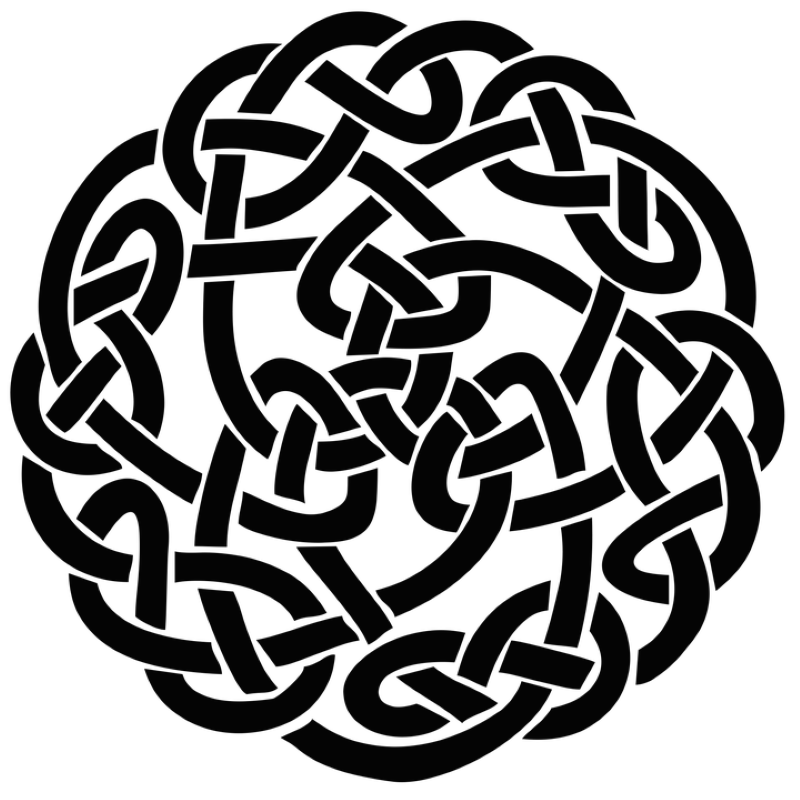


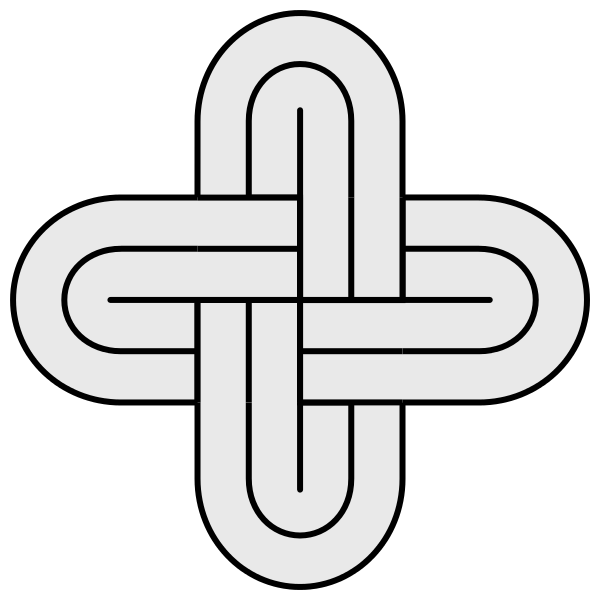
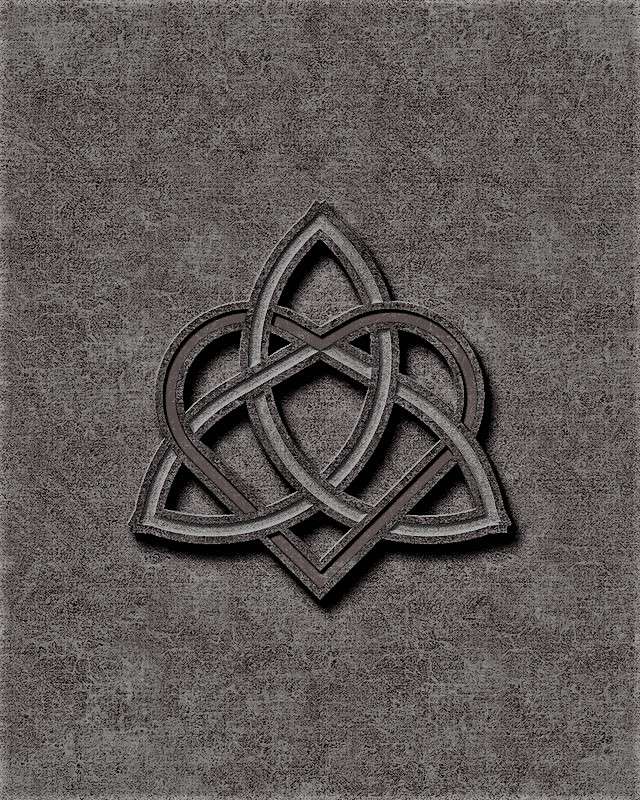
Greek Symbols And Their Meanings - Symbols Archive
Tuesday 30th of November 2021
[…] vows that cannot be broken so they are used in wedding rituals. An example of this is the Celtic knot which is used when proposing marriage. A woman agrees to the marriage proposal if she accepts […]
Serch Bythol Symbol - History And Meaning - Symbols Archive
Tuesday 30th of November 2021
[…] other Celtic knots—the triquetras or trinity knots—make up the serch […]
Endless Knot Symbol - History And Meaning - Symbols Archive
Tuesday 30th of November 2021
[…] similar endless knot symbol is the Celtic knot, representing loyalty, love, and friendship. This symbol has existed since the Roman […]
Hercules Knot - History And Meaning - Symbols Archive
Monday 29th of November 2021
[…] signify vows that cannot be broken so they are used in wedding rituals. An example of this is the Celtic knot which is used when proposing marriage. A woman agrees to the marriage proposal if she accepts the […]
Bowen Knot Symbol - History And Meaning - Symbols Archive
Wednesday 17th of November 2021
[…] name “Bowen knot” is taken after a Welsh nobleman called James Bowens. It is one of the various Celtic knots that symbolize love. In fact, yet another name for this symbol is “true lover’s […]